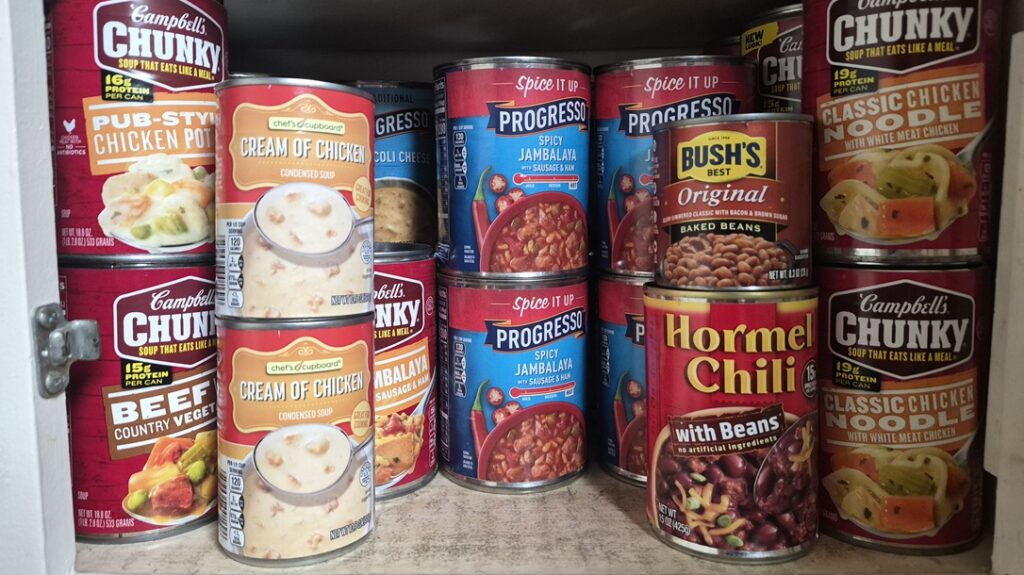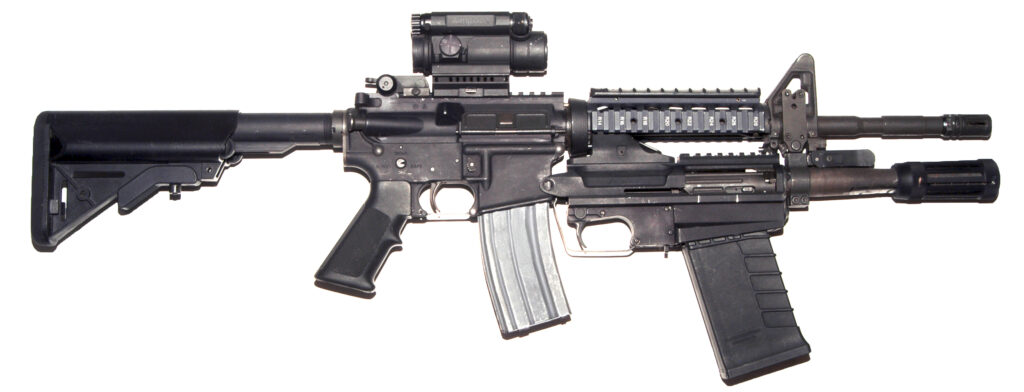Mike “GarandThumb” released his review of the SMG 45 yesterday. One of the post expensive Pistol Caliber Carbines made by the well regarded folks at LWRCi. The LWRCi’s piston guns have an exceptional reputation in the AR circles and their DI rifles are among the highest regarded off the shelf items as well. LWRC knows how to build a gun.
But as Mike points out, the SMG 45 has an issue. Accuracy. It will (or at least some units will) throw a round wildly every few shots. Mike’s group was about a 42 MOA (42″ at 100 yards) and having an overall discussed sample size of 5 over various serial number ranges makes this highly problematic.
The tendency displayed was for a high vertical round. The grouping was rather loose comparatively also. Mike, as he states, is not an armorer and doesn’t speculate on the exact cause.
Advertisement — Continue Reading Below
But… I am an armorer, and I will.
The SMG 45 has an innovative delay blowback system that is reminiscent of the Barrett M82/M107. The barrel recoils a short distance before the bolt carrier separates and continues reward to extract and eject the .45 ACP case. The barrel then resets forward under spring pressure and the bolt follows it with a fresh round under its own recoil spring.
The system makes for a much gentler recoiling weapon the direct blowback. Mike points out, and I can confirm, a direct blowback 9mm delivers more felt recoil than a gas operated 5.56. Delayed blowback and gas operated guns are much gentler recoiling.
The problem: Inconsistent Point of Impact
The problem comes in sporadically but consistently that the SMG 45 throws a round vertically. This to me indicates that while the bolt carrier and barrel are achieving a safe lockup for firing that an inconsistency in the receiver it allowing the angle of the barrel to change during this lock up.
Advertisement — Continue Reading Below
It is nearly impossible to conceive the LWRC knew about this issue and released the firearm anyway, especially at the premium price point it commands, which leads me to believe that the final production prototypes did not exhibit this issue. Nor did they later develop it under high round count testing.
This leads to looking at the mass manufacturing process instead of development, where tolerance issues can creep into machines over time or a tolerance that was previously considered okay is now showing itself as being a problem. This can happen with any firearm or any firearm part. Mass use is the final test bed and there is not other way see, honestly. You can build 5 units that do 50,000 rounds each and then 75 units that each do 10,000 rounds each and say you have 1,000,000 rounds of testing.
It is incredibly expensive to build 80 guns that aren’t for sale though… and there is no guarantee that those 80 guns will show you a problem the 8 guns wouldn’t but that 8,000 actually might. The AR-15/M4 is where it is at development wise because we have millions of iteration samples over a 50 year period of evolving technology to see what works and what does not.
Advertisement — Continue Reading Below
The SMG 45 is exhibiting a problem the LWRC knows about, and now the market does too.
So what’s next?
Data collection
LWRC now needs data. They aren’t the first to start trying to find a culprit part, tolerance, CNC machine, forge error, mold error, etc. and they will not be the last. If you have a SMG 45 that does not group, LWRCi needs that gun and serial number. If you have one that does group. LWRCi could probably use that information also if you have ammo types, round counts, etc. to a reasonably accurate degree.
Advertisement — Continue Reading Below
LWRCi will be tracking down whether this problem seems to develop at the factory, after a certain number of rounds, at a certain number of guns through the production line, at certain serial number ranges (and the time frames involved), after they made an alteration to a part in production, or any combination of the above.
Fixing guns is like fixing a computer, you keep going down the list of things it could be, from the most basic to the minutia, until you isolate the factor or factors causing the error. For my part I’m going to stick with my theory that a tolerance error crept into the receiver or barrel assembly that allows of an angle change during barrel and bolt lock up. This makes the most sense with the vertical stringing being prominent.
But, like I said, LWRCi needs data. If you have that data, let them know. Round counts, when the issue began (out of the box or after X amount of rounds), how much is the variance, does the variance happen in a consistent direction, etc. All of the points of information will narrow the window until a solution is found and then the SMG 45 can be the sub gun we want it to be.
Advertisement — Continue Reading Below















